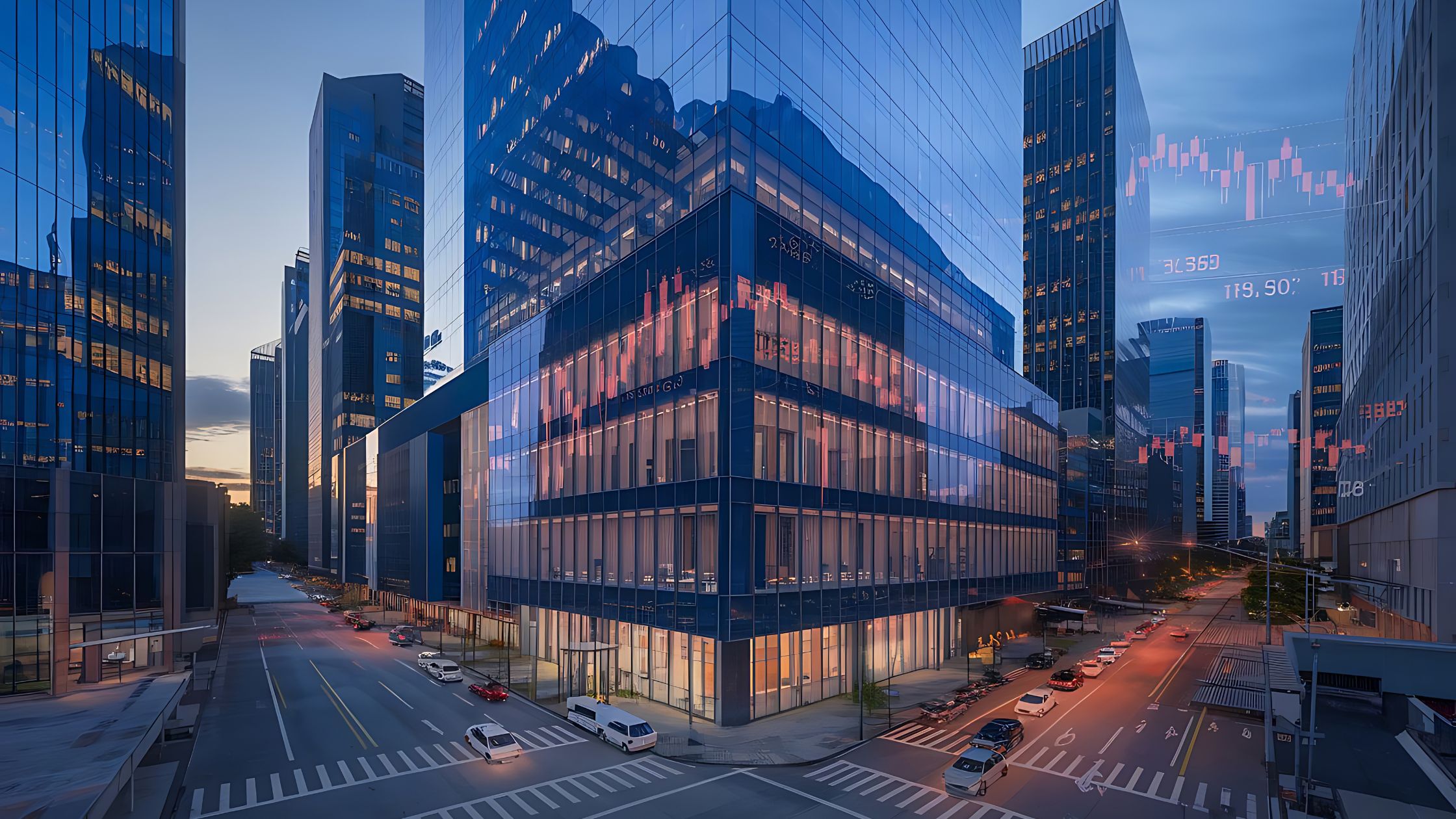Because the commercial real estate market is influenced by certain key factors, it can be unpredictable but not entirely random.
While there is no exact way to predict what will happen next in CRE, three market drivers heavily influence its performance: yields, occupancy rates, and business confidence.
This blog explores these factors and how they influence commercial real estate values. Understanding these drivers can help CRE investors track property cycles and look for promising opportunities.
Yields
Many CRE investors seek a steady cash flow throughout their ownership. This income is known as yield.
CRE investing is a popular strategy for maximizing this cash flow because commercial properties generate higher annual returns than residential properties.
After all, businesses typically pay more per square foot to rent commercial space than residential tenants who rent houses or apartments. This translates to higher yields for commercial property investors.
Yields also serve as an indicator of the overall market’s health. Typically, declining yields indicate property values increase faster than rental incomes.
This might occur when investors are willing to pay more for real estate because they anticipate future gains or lower perceived risk.
Business confidence
Higher business confidence pushes more businesses to find commercial space. This increases the demand for commercial space, and in turn, it boosts property values and property prices.
Occupancy rates
High vacancy rates are a red flag for CRE investors. While proper management can mitigate this risk, low occupancy generally points to two main issues: low demand and oversupply.
It may indicate that businesses must actively search for new commercial space, creating a sluggish market.
It might also mean that a surge of new property developments has outpaced current demand. Sometimes, both issues can co-occur.
Conversely, high occupancy rates suggest a healthy market with limited leasing options for new tenants.
Properties with consistently high occupancy are desirable because fewer empty spaces translate to more consistent rental income. Tenants are also less likely to leave if there aren’t many alternatives nearby.
All this said, a CRE property’s success hinges on its tenants. Prioritize attracting and retaining high-quality tenants. Do your market research to identify high-performing commercial real estate with solid tenant appeal.
More factors to consider when analysing the commercial real estate market
Financial metrics like internal rate of return and cap rate can also influence investment decisions.
However, institutional investors often prioritize specific markets with a proven track record of ongoing growth and high returns across various asset classes.
This highlights the importance of thorough market analysis, especially considering areas requiring more in-depth research.
Analyzing the CRE market can help you gain insights into a particular area’s potential profitability and future prospects.
This analysis is a crucial step, and we’ll explore it further in the next section, along with other factors that may affect your CRE investment decisions.
Understanding what ‘commercial real estate market’ means
Get The Private commercial lander refers to a specific geographic area where investors can buy and sell properties. These markets often align with metropolitan statistical areas (MSAs), highly populated regions.
Commercial real estate markets are typically divided into smaller sub-markets or communities, each with its own characteristics.
These markets are often interconnected, with a shared economy where at least one sector (retail or office space) dominates. This creates a unique set of opportunities for investors in each market.
However, it’s crucial to consider the distinct and often intertwined factors that influence each location. For example, an investment strategy that works well in a major city like New York might not suit a sunbelt state with a different economic landscape.
It’s also crucial to consider the sub-markets to deepen your understanding of a location’s cultural and financial considerations.
Is the area known for its trendy art scene? These cultural aspects can influence the types of businesses that thrive there.
Is the sub-market home to established financial institutions? These factors can affect the overall economic health of the area and the potential returns on your investment.
What makes a ‘good’ commercial real estate market?
Before you analyze a specific CRE market, you must know how to assess and measure different markets, as they are all different. Many trend-driven and macroeconomic factors—such as lifestyles, hobbies, business, and tourism—can directly impact the bottom line.
Below are factors worth considering as you explore new territories and analyze their CRE markets:
1. Local economic factors, jobs, and businesses
Identify which industries are thriving in a location and their impact on the more significant commercial real estate market.
This will allow you, as an investor, to determine the local drivers for employment and any particular sector dominating the economy so you can make better predictive decisions.
2. Popular asset classes
Consider the specific dynamics of each market and how it aligns with your investment strategy. For example, if you’re focused on office space, you might find better returns in cities with financially solid sectors that attract businesses requiring offices.
Conversely, an investor specializing in hospitality properties would likely prioritize markets with a thriving tourist industry that creates a higher demand for hotels and related businesses.
Past performance can be a valuable reference point, but it shouldn’t be the sole deciding factor. Always consider how current market trends and future projections might impact different asset classes within a specific market.
3. Average income and spending power
Before investing in a new market, ensure tenants can afford rent. For example, if the median salary cannot support a prospective multifamily Real estate development, investing in an apartment building might not be profitable.
By analyzing the CRE market, you can determine whether the local income can support your investment prospect.
4. Population growth
Is the population shrinking or growing? Knowing this can help you determine the CRE market’s potential. Take the time to examine population growth trends and the forces influencing them.
Check the hyper-local trends specific to the sub-markets within your chosen market for detailed insights.
Consider these local factors when analysing a commercial real estate market.
Each sub-market within a more significant market has its own unique set of local variables—and they can affect property values and investment opportunities.
These variables can be challenging to capture in broad generalizations, but by analyzing them at the sub-market level, you can gain a more granular understanding of the market dynamics.
- Property location: Determine if it is on the beaten path and if potential tenants can generate sufficient foot traffic, your returns, and their revenue.
- Sub-market growth: Find out if the local economy thrives and offers economic opportunities.
- Proximity to transportation: Check if the properties that rely on local foot traffic are accessible to residents.
- Local competitors: See if the existing properties in the area can give you more confidence in your investment hypothesis. Plus, determine if high vacancy rates in similar nearby properties could mean a lack of potential.
Making the most of data when analyzing the commercial real estate market
Technology is necessary for modern investors who want to keep up in a fast-moving commercial estate market.
Finding advanced platforms to organize your data might be time if you still depend on spreadsheets. Real estate deal management software can standardize data, centralize your efforts, and encourage real-time collaboration.
Plus, it can streamline screening new deals to help you quickly identify the most relevant market opportunities. Besides saving you time and effort, it provides a more holistic approach to reducing risk.
Conclusion
While past performance can offer insights into general market trends, you shouldn’t rely on it as the sole factor when predicting how much you can earn from a prospective property.
You must understand the key factors driving the CRE market value and familiarize yourself with the underwriting process to make informed choices.
Partnering with a trustworthy and established financing team like Private Capital Investors is also a good idea.
Are you ready to buy commercial real estate?
Once you have analyzed commercial real estate markets and identified prospects, the next step is to find profitable opportunities and ensure sufficient funding for your next venture. Private Capital Investors can help with that.
We are a nationwide direct commercial lender with complex money solutions for commercial real estate. We have a track record of funding properties from $2 million to $40 million and approving them within 24 to 48 hours.
Many commercial real estate investors trust our ability to provide the funding they need to secure properties in any city or state.
Likewise, you can depend on us for commercial real estate funding, bridge financing, stated income loans Landers, and hard money loans.
Contact us today to learn more about our commercial real estate funding products and how we can help you invest in your next property. Call 672-865-6206 or send a message to info@privatecapitalinvestors.com.




